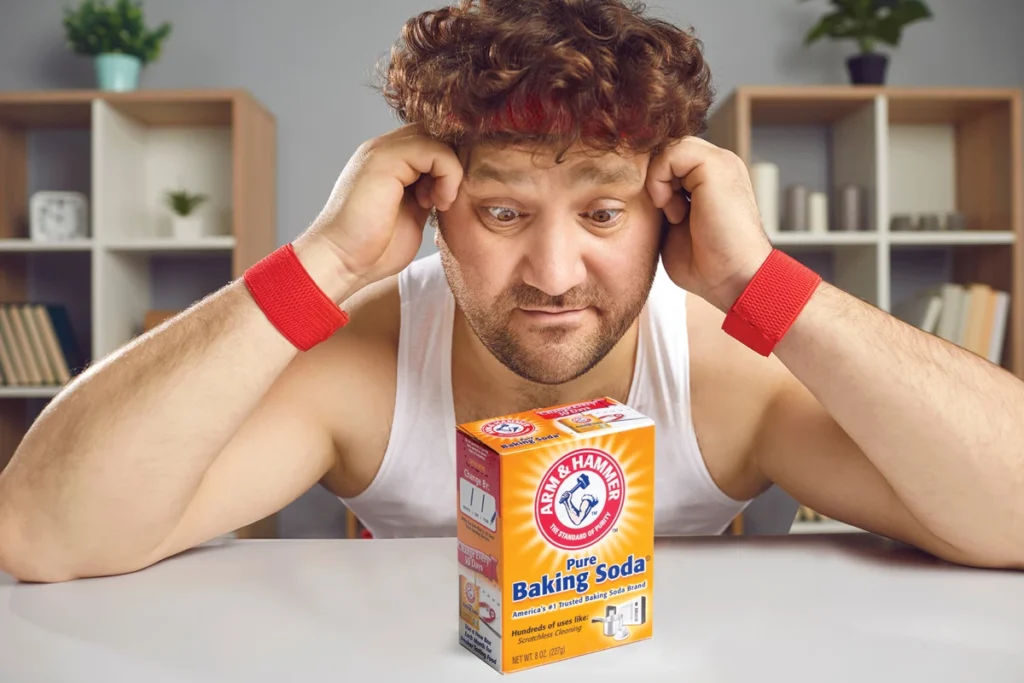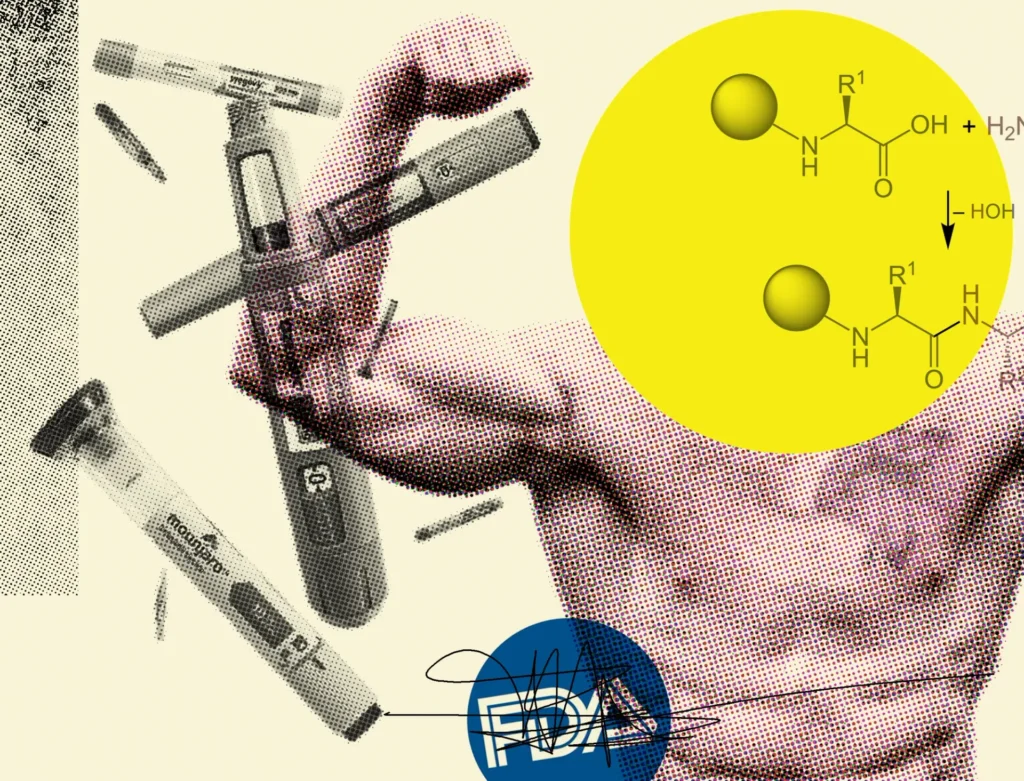What Triathlon’s Anti-Doping Efforts May Be Missing

As the winner of the PTO U.S. Open and Ironman Mont-Tremblant last season, Chartier was one of the biggest doping cases ever in the sport. The reverberations continued when Chartier appeared on a podcast to discuss the positive test, claiming he only doped from November, after those two major successes.
“I really am being honest and telling the truth,” he said when asked if people could or should believe his two big wins in 2022 were legitimate. “Those performances were clean. I know it’s going to be difficult for people to believe me, because I’ve betrayed everyone’s trust here with this decision…”
Chartier said that during the period he had those successes, he was in Arizona, living and training with fellow pro Lionel Sanders and his wife, Erin. Making sure to not implicate his friends, the now-disgraced pro said that period was “the only time last year when I was remotely happy,” and explained his strong performances as driven by that happiness.
“I don’t have anything else to otherwise prove I was clean. I mean, they can retest samples that I had for the races, but otherwise, I was clean. You can choose to believe me or not.”
The timing of his doping aside, Chartier drew fire when he gave his reason for taking banned substances. “I really wanted to win this year and beat the best in the sport,” he said during the podcast. “And at the end of the day, I don’t know…I don’t believe they’re clean. And if I’m going to try to win, there’s no amount of self-belief I can have in myself if I believe that top guys are doping… I don’t have any evidence that top guys are, it’s just the belief I had. And that’s what ultimately led me to choosing to dope.”
The fallout

Unsurprisingly, Chartier’s claims prompted a strong reaction. Some questioned his suggestion that he achieved those two top results clean and only turned to doping after that point. Australian pro Josh Amberger was one of those who chose not to believe, having finished second to Chartier in the Ironman Mont-Tremblant race allegedly prior to Chartier’s drug use.
In an Instagram post, Amberger said he felt sure that cheating had occurred for that event. “It wasn’t just me and my competitors that were robbed that day,” he wrote. “The whole sport was robbed.”
Amberger said he had remained quiet at the time, trying to remain focused on Kona and presuming Chartier, who he said was “a nice & humble guy,” had likely just worked harder for the success. “But now I feel disgusted and cheated in ways hard to explain.”
Separately, several big names said that Chartier was wrong to say the sport has a doping problem, portraying him instead as a bad egg who was alone in his actions.
So, what is the truth? Is Chartier a rotten apple in an otherwise unblemished sport, or was he just the only one to be caught? And how easy is it to avoid detection? What about the testing system in place?
In order to understand the answers to these questions, Triathlete spoke to others in the world of sport for perspective on drugs in the sport and why triathletes would even dope in the first place.
The why
Retired pro T.J. Tollakson won Ironman Mont-Tremblant in 2014, eight years before Chartier’s own success. Tollakson has been outspoken as regards anti-doping and has released frank videos on this topic on his YouTube channel.
Speaking to Triathlete, Tollakson said that he has known Chartier for quite a bit of time, regards him as “a super talented athlete who had a lot of promise,” and acknowledged the pressure he was under to perform.
“It’s hard to be in a sport and look at the very top of the sport and think that it’s actually clean,” Tollakson told Triathlete. “Athletes who train with other athletes and go to camps and different races have a really good understanding of what a human performance is and what a superhuman performance is. We all know what we’re capable of on any given day to have that [amazing] moment where things work out really well, where you’re feeling great, it’s your day, you’re on. You hope that you have enough of those in your career to propel you forward and to win and to make money and be successful.
“But also there’s a lot of pressure, because there are athletes that seem to have that every time they race. We know that that’s not a realistic expectation from anybody in training or racing that, ‘hey, every day I go out, I’m going to have this magical special day, and I’m going to be on my best and I’m going to win.’ But you see these athletes that are that much better than everybody else that even when they’re not having a magical special day, they’re still winning and winning by a large margin. It’s disheartening.”
Tollakson recognizes the factors behind Chartier’s decision to dope, but doesn’t condone his actions.
Like Amberger, he personally expresses doubts about claims that his big results in 2022 were achieved clean.
“I’m extremely skeptical of that, just like everybody else is,” he said. “I understand that the biggest reason is there’s a lot of pressure for big-level performance. And so saying that you only did this afterward is the easiest way out, because if you admit to doing it before, then everyone’s going to demand you return that money. The reality is that money is gone.
“If he used it to buy drugs, then he spent a decent amount of that money procuring drugs and figuring out how to use it. He was also training in Girona, right [where Chartier tested positive]? So he’s flying around the world paying to live somewhere. Paying for his own training costs, his food, his massage therapy. It’s expensive.”
In 2022, Chartier took home a total of $148,500 in prize winnings – much more than the $2,500 he took home for winning a single Ironman 70.3 race in 2019, but still only a small slice of the $12 million possible in long-course prize purses that year. Kristian Blummenelt, for example, took home $480,000 in prize money during 2022, while Ashleigh Gentle bagged $351,368. None of those figures even take into account sponsorship dollars – the more you win, the more eyeballs you have on you, making it much easier to command top dollar to wear a certain brand’s shoe or display a company’s logo on the walking billboard that is your tri kit.
How does the anti-doping system in triathlon work (or not work)?

If cases like Chartier’s cast skepticism on the timing of top performances versus when a doper is caught, it then puts the whole testing system in the spotlight. In a press release issued on April 28, the Professional Triathletes Organization (PTO), organizer of the U.S. Open won by Chartier, said that he was subjected to a pre-race Dry Blood Spot test, as well as a urine test after the competition.
It said that both of those samples were analyzed for prohibited substances including EPO, and that the results of both were negative.
Triathlete reached out to an anti-doping expert with over 15 years of international experience. They spoke on the condition of anonymity in order to be as frank as possible in their answers. While not knowing or commenting on specific details about the Chartier case, they gave some perspective on flaws in the testing system.
“I’m concerned that there is more doping than is getting caught,” they said. “And the reason why that could happen is that if you’re very sophisticated in your doping practice, it’s difficult to catch you. If you take EPO subcutaneously, a therapeutic dose, you’re going to get caught. But if you’re smart, like the cyclists were 15, 20 years ago, and you do EPO in the vein, and you just do a little bit every now and then, the chance of getting caught is a lot more remote.”
- Tags: Press Releases, Summer




